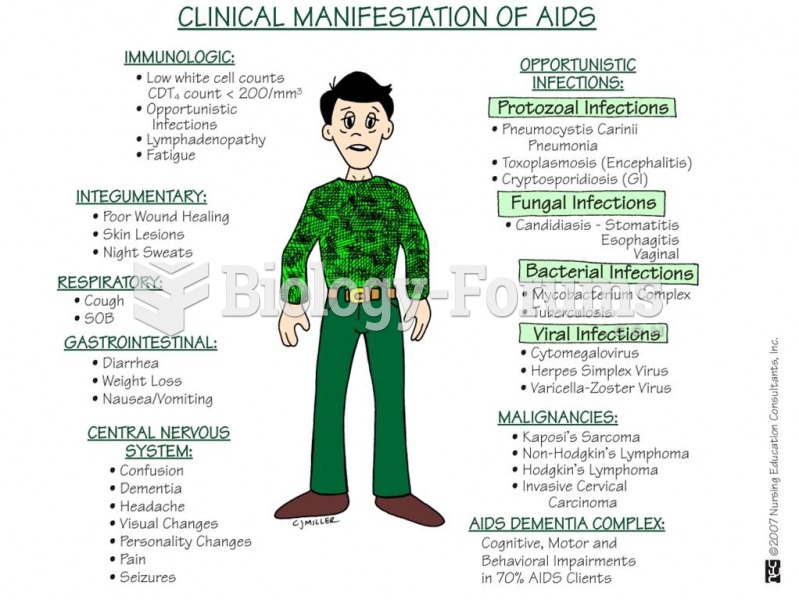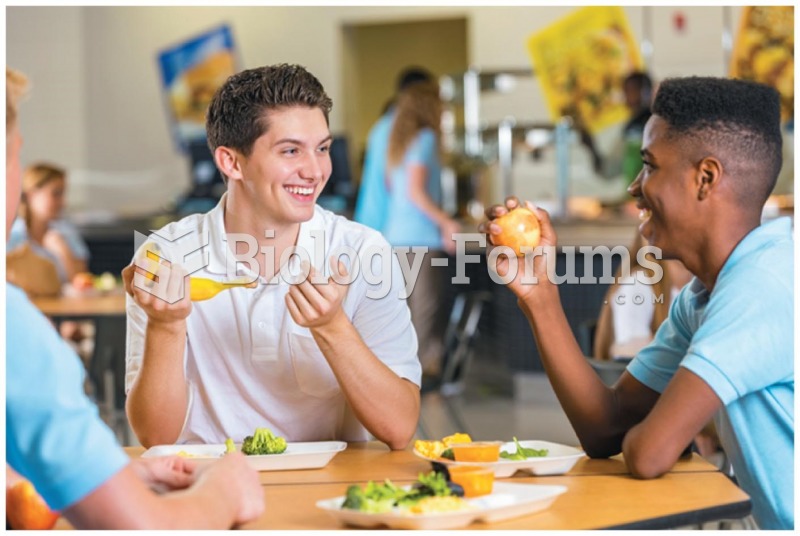Answer to Question 1
Experienced speakers recommend that you give your audience at least one handout. Having
something to take away from the presentation helps the audience remember you and your
topic. Handouts are a good choice for visual aids when the information is too complex or too
small to be projected onto a screen. They are also useful when you want audience members
to evaluate the material or react to the content at a later date.
Always include contact information such as your name, postal address, e-mail address, and
fax and telephone numbers on your handouts. Always prepare extra handouts. Some
audience participants will take more than one copy.
If you are going to use your handouts during your presentation, ask someone to distribute the
handouts for you, preferably as audience members enter the room. This saves time and
avoids the distraction of distributing them during your presentation. If your handout will not be
used during your presentation, distribute them as your audience is leaving. You could also
choose to have your audience download the handouts from your Web site.
Numbering or color-coding handout pages makes it easier for audience members to locate a
specific page when you refer to it during your presentation. It is helpful to leave generous
margins on handouts for additional notes. Many presenters provide miniature slide printouts to
make note taking easier for listeners.
Answer to Question 2
The guidelines for using humor in presentations and speeches are:
a) Use humor only if you are comfortable with it. Omit telling jokes if you know that you always
forget the punch line or that no one ever laughs at your jokes.
b) Remember that starting with a joke is risky. If the joke bombs, recovering is almost
impossible.
c) Use humor only if it pertains to your topic.
d) Do not make fun of an individual or group of individuals. If you are questioning whether to
use a specific joke, the rule of thumb is not to use it.
e) Always prepare an extra joke, because the person who speaks before you may use the joke
that you intended to use.
f) If there are humorous aspects to your subject, make reference to them. Humor can be a true
story that has a humorous side.







